If the right foods are offered, at the right time, then snacking can play an important part in managing hunger and boosting the nutrition of children's diets. Learn what makes a nutritious snack, and why, and get inspiration from this mega list of Healthy Snacks for Kids.
Do you feel like you are constantly feeding your children snacks? You are not alone.
Snacking is prevalent in many parts of the world and contributes to a large proportion of our children's daily energy intake. (1)
Unfortunately, for many kids, snacks consist of a packet of chips (crisps), crackers, cookies or other energy-dense and nutrient-poor foods.
Instead, snack time should be looked at as an opportunity to add nutrients to our children's diet and even make up nutrients missed throughout the day. It is the perfect time to provide wholesome, nutritional foods.
What Makes a Healthy Snack
Often people contact me saying their children are "snackers", that is they live on snacks and eat very little of their meals.
What you serve at snack time can make a big difference in whether your children become "snackers" or not. If snacks are always made up of foods such as crackers, muffins, chips etc then some children will happily live on snacks and eat very little breakfast, lunch or dinner.
In addition "snack foods" are often high in simple carbohydrates. Although children need carbohydrates, they burn through simple carbohydrate really fast. Thus, they don't have anything to keep them full and often half an hour later they are begging for another snack.
Ideally, snacks should be healthy and satisfying. Research shows that whole foods high in protein, fibre, and whole grains enhance a sense of fullness when consumed as snacks. (2) Healthy fats are also very filling and a good addition to a snack.
- PROTEIN is the building block to growth. Healthy protein sources include meat, poultry, fish, nuts, seeds, nut butters, hummus, eggs, beans, dairy products such and milk, cheese and yoghurt.
- FIBRE helps make us full and keeps things moving in the digestive tract. Fibre sources include vegetables, fruit, beans, peas, nuts, whole grain breads and cereals.
- HEALTHY FATS are every filling and also good for brain development. Healthy fat sources include olive oil, avocado, full fat dairy products, nuts and seeds, nut butters
When preparing a snack, I usually start with a fruit and/or vegetable and add a protein or fat source and /or an extra fibre source to complete the snack.
The time of day and how close it is to the next meal will influence my decision as to what and how much I serve as a snack. (see below for list of ideas)
Having a Snacking Schedule
As parents/carers, it is our responsibility to decide what we serve our children but also when we serve it. If constant snacking occurs, keeping track of food consumption is hard to monitor and often children overeat and are not ready for meals.
Providing scheduled meals and snacks allow children to avoid becoming overly hungry or too full at mealtimes. They also reduce the constant pestering for snacks and stops boredom eating.
It doesn't matter so much on the schedule you choose, everyone is different and it will depend on your family life and the age/nature/health of your children. The important thing is your children know what to expect.
In our family we find three meals and two snacks work well during the week (morning snack at school and an after school snack). At the weekend we have only one snack (min morning) as we usually have a later, bigger lunch.
If your child chooses not to eat food at a meal or snack, that is okay. Just remind them that they will need to wait until the next meal or snack to eat again.
Keep Snacks Simple and Easy
Preparing healthy kids' snacks shouldn't require you to spend ages cooking or preparing. There is no need to use fancy cookie cutters or think up elaborate ways to present your children's food.
You can, of course, do this if you enjoy it, have the time and want to do it. Sometimes I do and my kids love it, however most of the time I don't. The easier you make it on yourself the more likely you are to continue serving nutrient dense snacks and be less likely to reach for convenient foods.
List of Healthy Snacks for Kids
Please note that some of these snacks would need to be modified for younger children due to choking risk. (Popcorn is a choking hazard for under-fives, nuts should be finely chopped/crushed and fruits such as grapes and cherry tomatoes should be quartered to avoid choking. Honey should not be offered to under 1s)
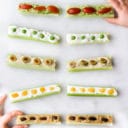
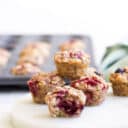
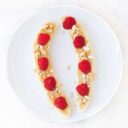

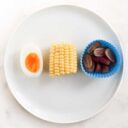
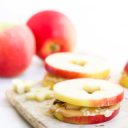
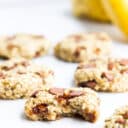
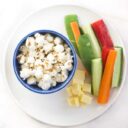

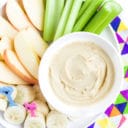
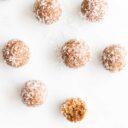
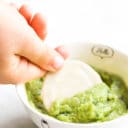
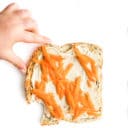
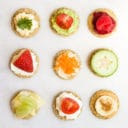

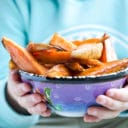
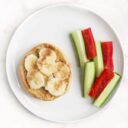
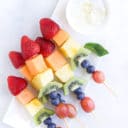
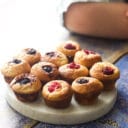


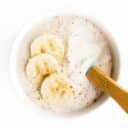
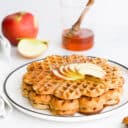
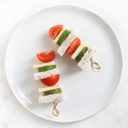
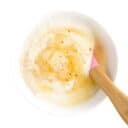
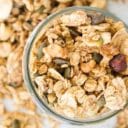
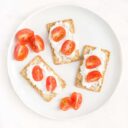
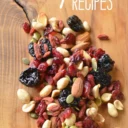
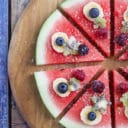
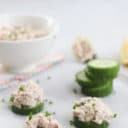
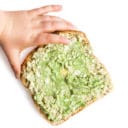
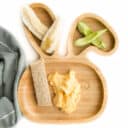
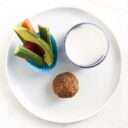
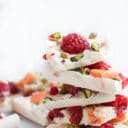
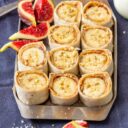
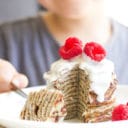
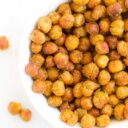
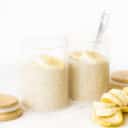
Other Super Simple 5 Minute Snack Ideas
- Cheese Cubes with Sliced Pear
- Half a Bagel with Cream Cheese and Cucumber Slices
- Cheese and Pineapple Cube Skewers
- Cheese and Crackers with Grapes
- ½ Sandwich with Carrot Sticks
- Piece of Fruit & Handful of Nuts
- Cottage cheese with fresh fruit or fruit puree
- Cucumber "Sandwiches" - Slices of cucumber with pate,cream cheese or small slices of cheese/ham sandwiched between two slices
- Leftovers
In a nutshell...
Many children get hungry between meals and need snacks. The key to successful snacking is considering not only what you serve your children but also when you serve it.
Healthy snacks for kids should be satisfying, nutritious and provided at set times.
Look to serve whole foods that contain at least one of these nutrients - protein, fibre or healthy fats and use snack time as an opportunity to help reach your children's daily target of fruit and vegetables.
NOTE: The information contained in this website is for general information purposes only and is not meant to substitute professional dietary advice or treatment. Please refer to my Nutrition Disclaimer for full information.
REFERENCES
- Wang, D.; van der Horst, K.; Jacquier, E.F.; Afeiche, M.C.; Eldridge, A.L. Snacking patterns in children: A comparison between Australia, China, Mexico, and the US. Nutrients 2018, 10, 198.
- Njike, Valentine & Garvin, Teresa & Shuval, Omree & Shuval, Kerem & Edshteyn, Ingrid & Kalantari, Vahid & Yaroch, Amy. (2016). Snack Food, Satiety, and Weight. Advances in Nutrition: An International Review Journal. 7. 866-878. 10.3945/an.115.009340.
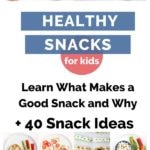
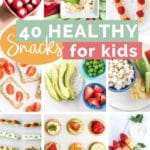
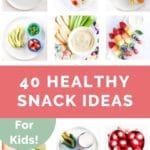
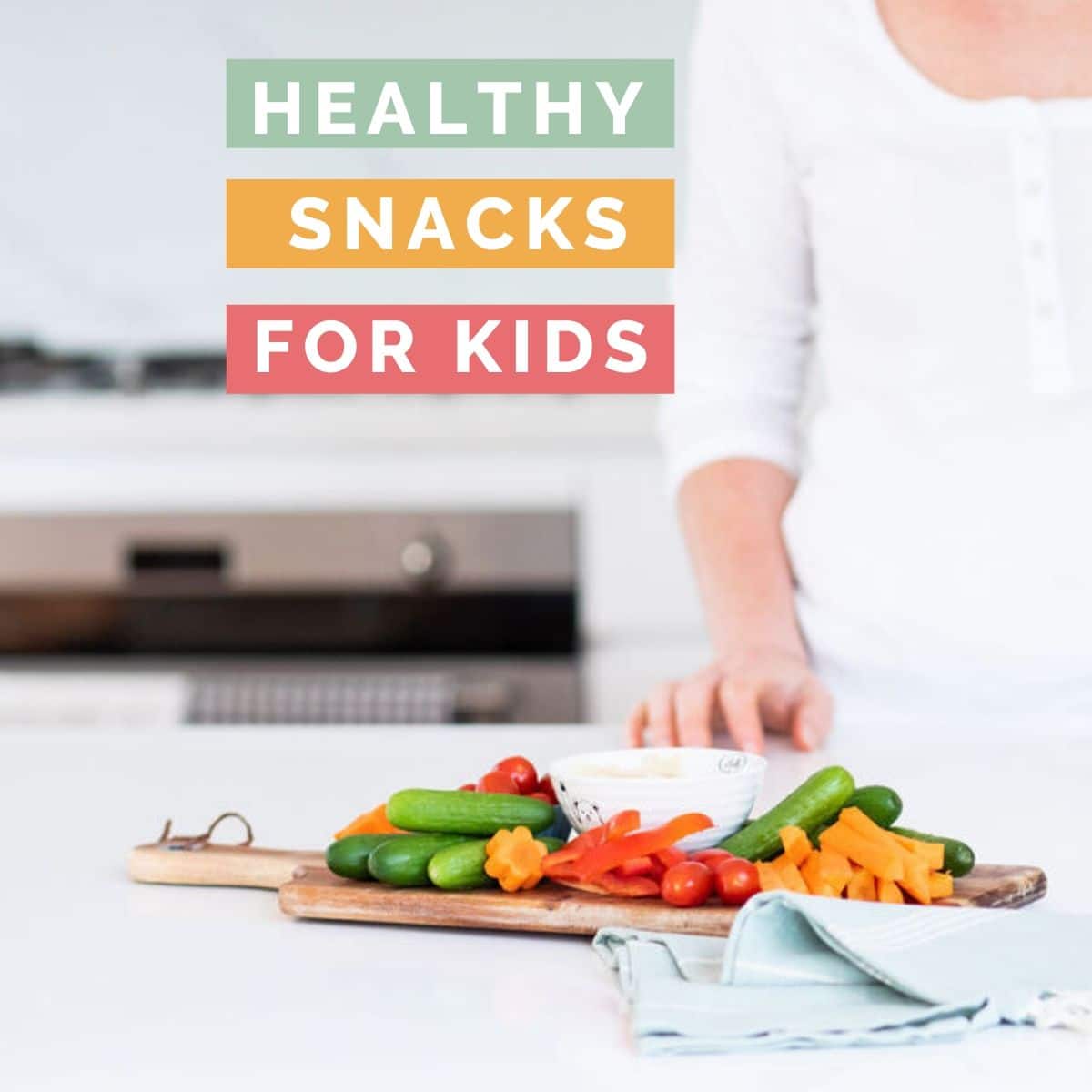
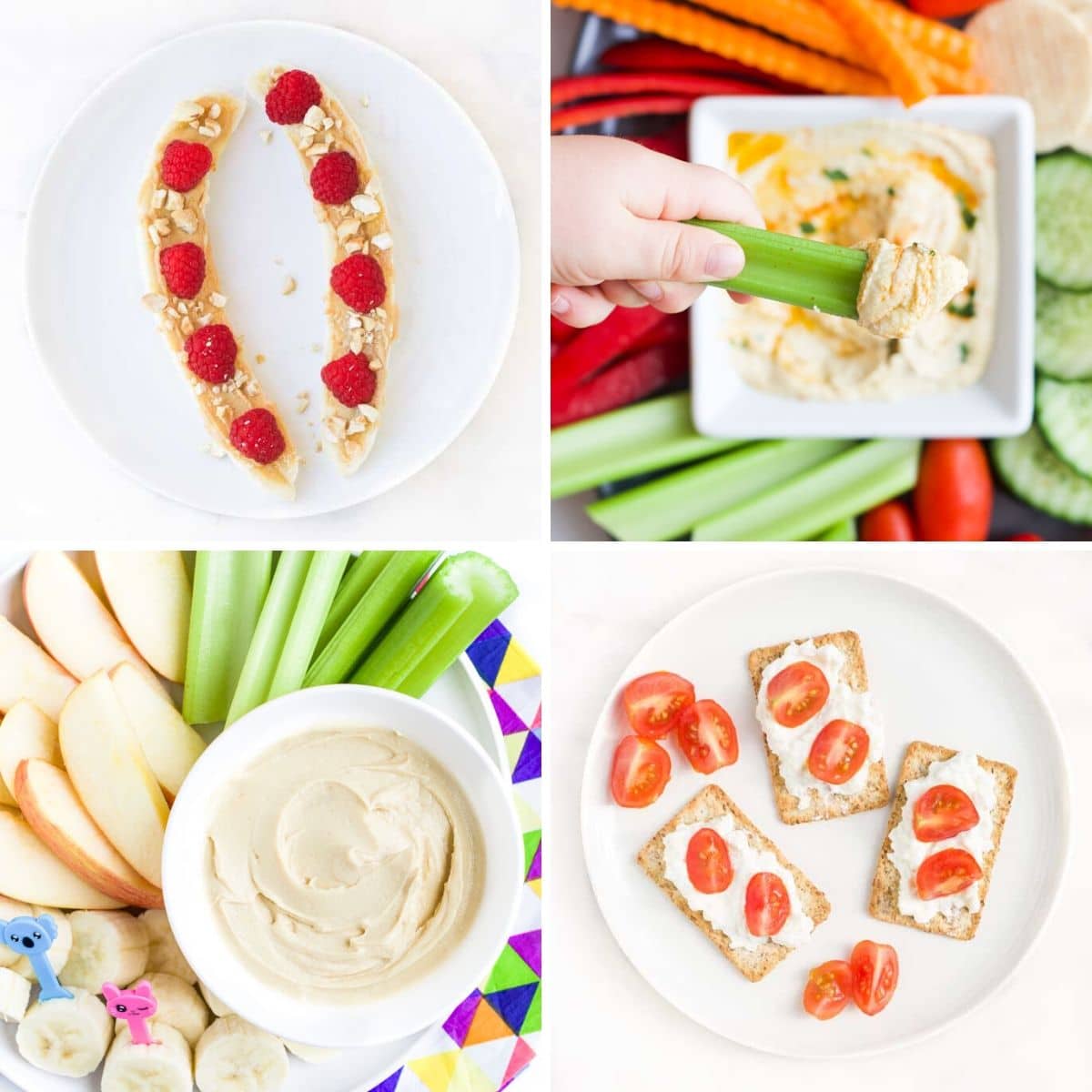
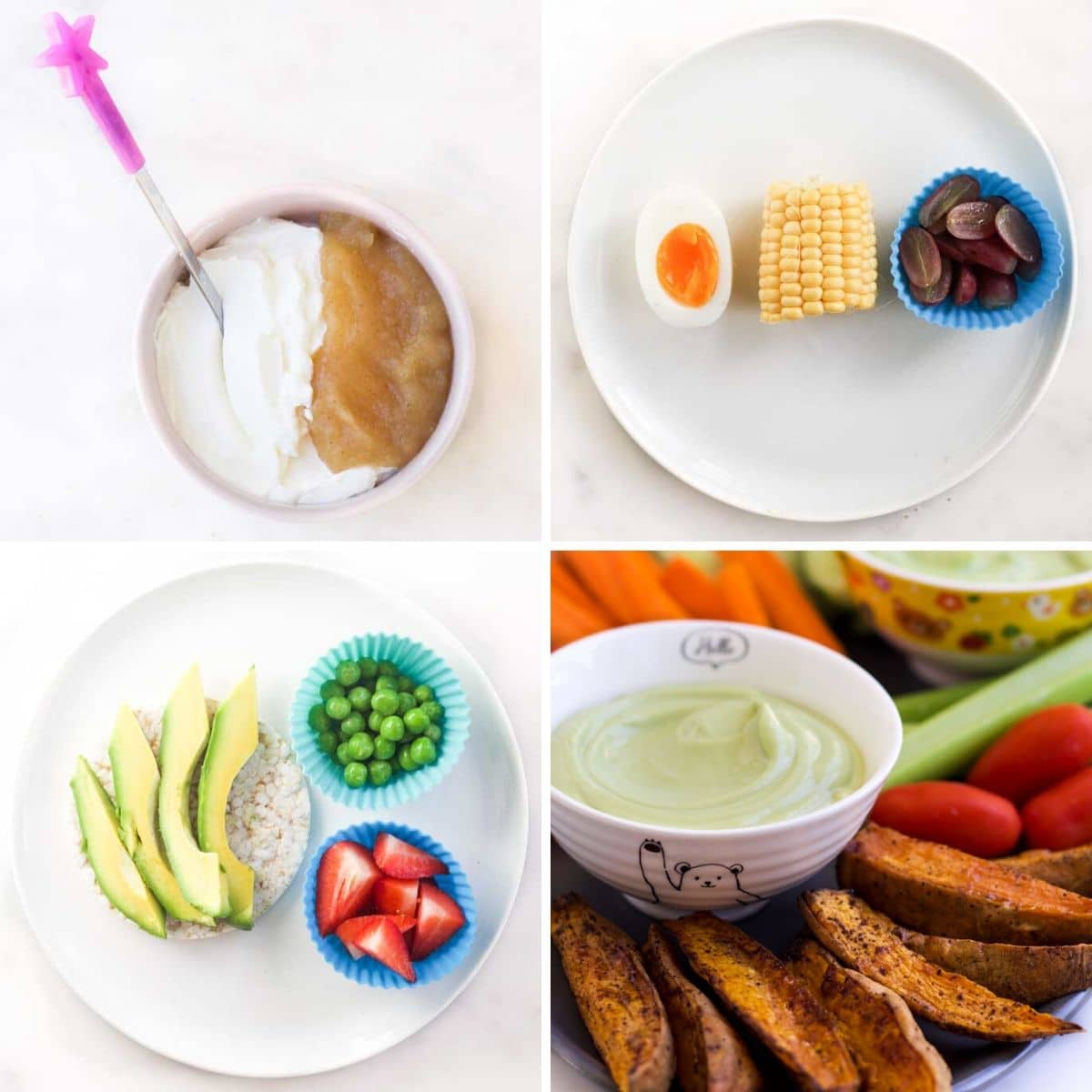
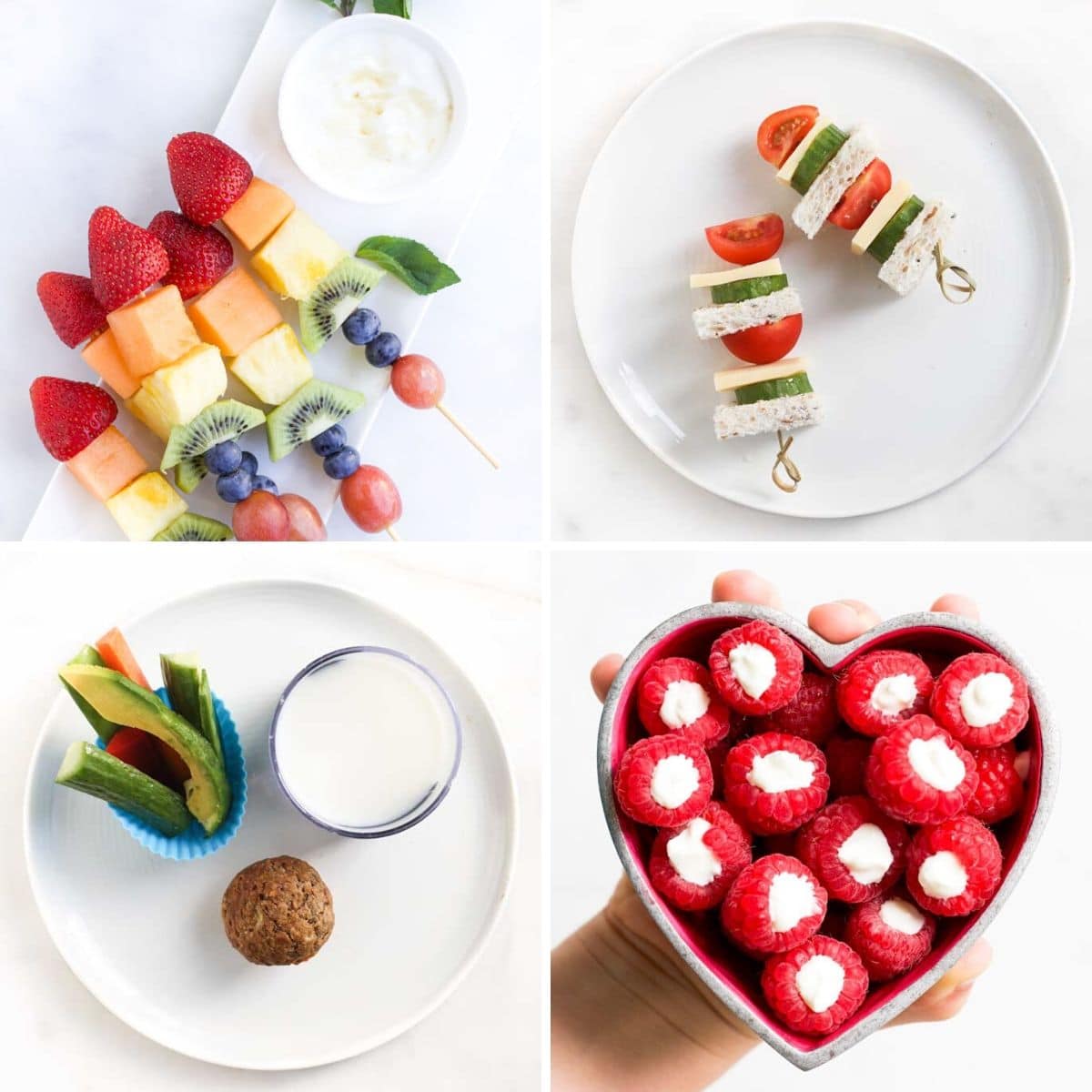
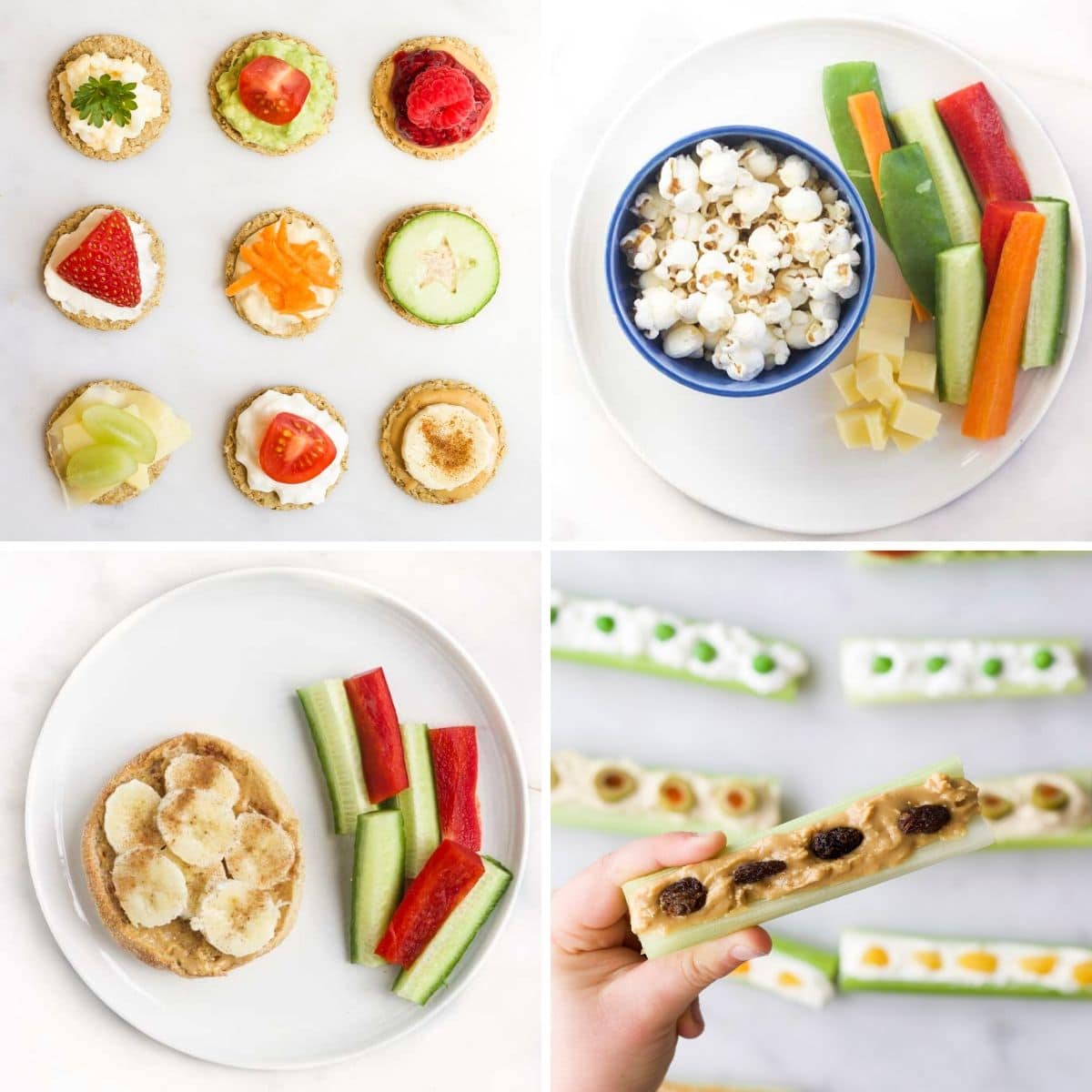
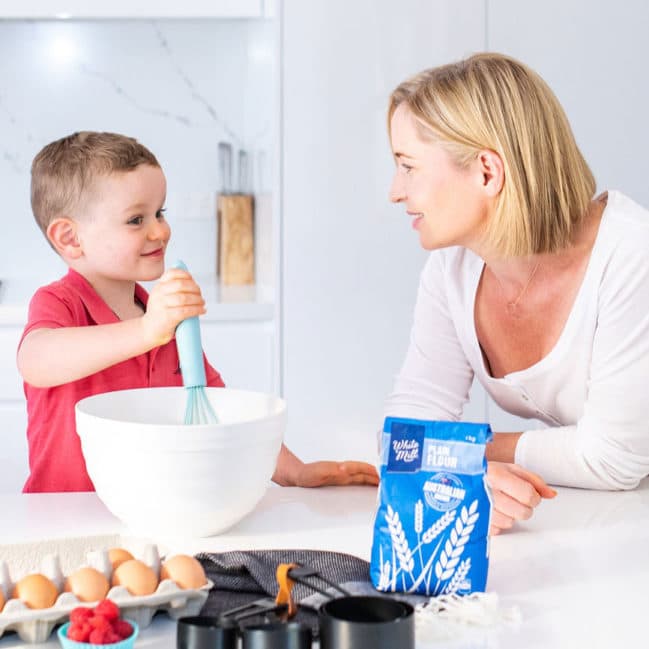

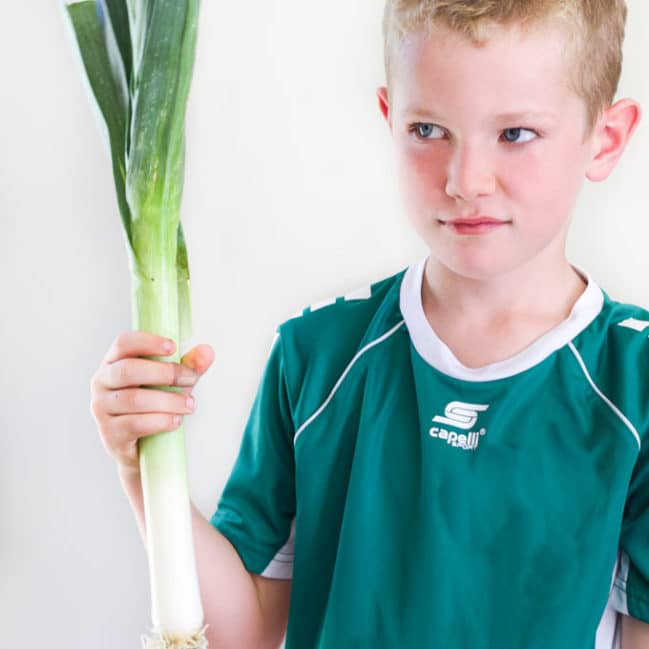

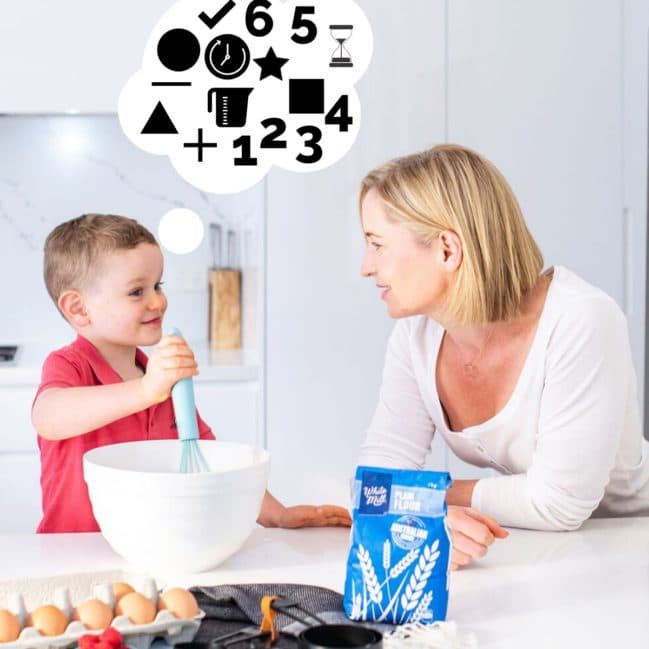
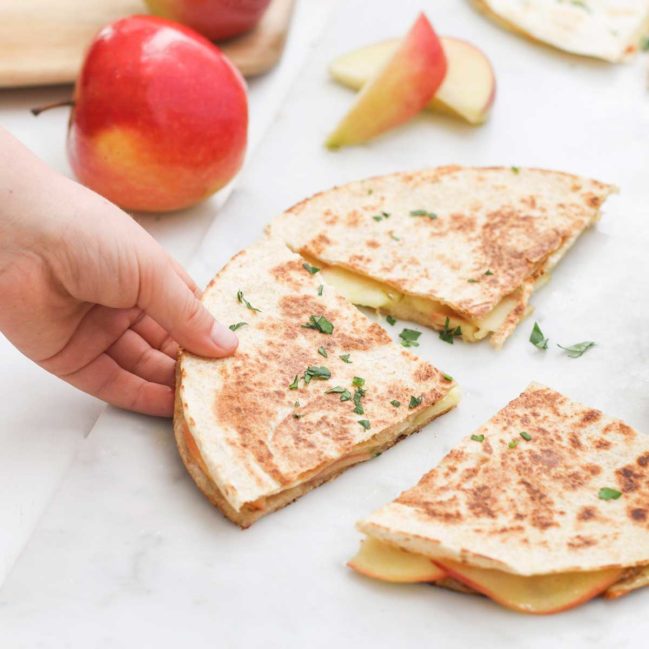
Leave a Comment